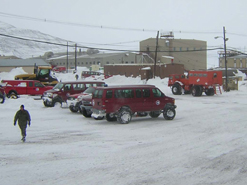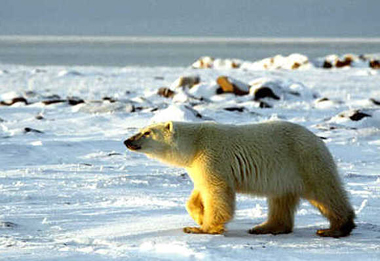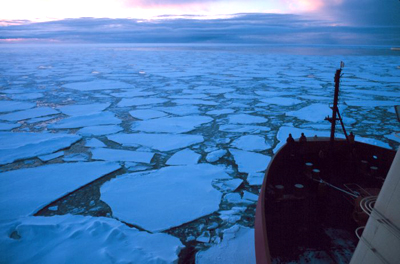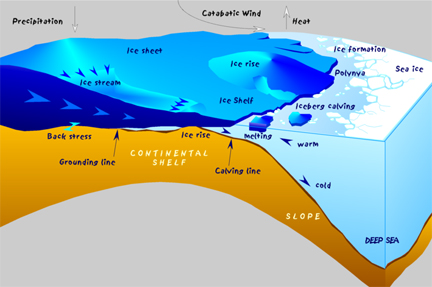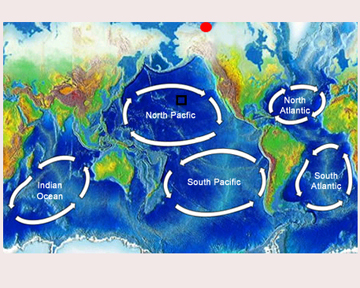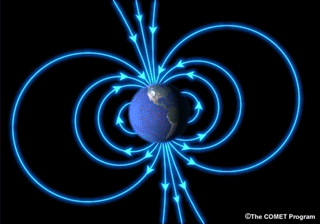Click on image for full size
Image has been released into public domain (found on wikipedia.org).
Exploring the Poles
Polar exploration includes the exploration of the Arctic and the Antarctic. The Arctic is the area around the Earth's north pole. Antarctica is a continent that surrounds the South Pole.When you think of exploring, you probably think of exploring a cave or exploring the deep ocean or exploring outer space. Humans have always wanted to explore to find out about things that weren't known! In the past, many people wanted to explore the poles of the Earth to see what was there. These are hard places to get to because the weather is so cold and windy and because the oceans surrounding such places are not easy to cross. Much more exploration of the poles will happen in the future. Would you want to join such an group of explorers? Take a look at the links below to learn more:
- Arctic Explorations - Highlights in a table form
- Antarctic Explorations - Highlights in a table form
- The History of IPY - The history polar science campaigns
- Postcards from the Field- First hand accounts from scientists and educators in Antarctica
- Researching Under the Arctic Ice - See what it is like to dive under sea ice
- Video: Exploring the Arctic by Dog Sled


